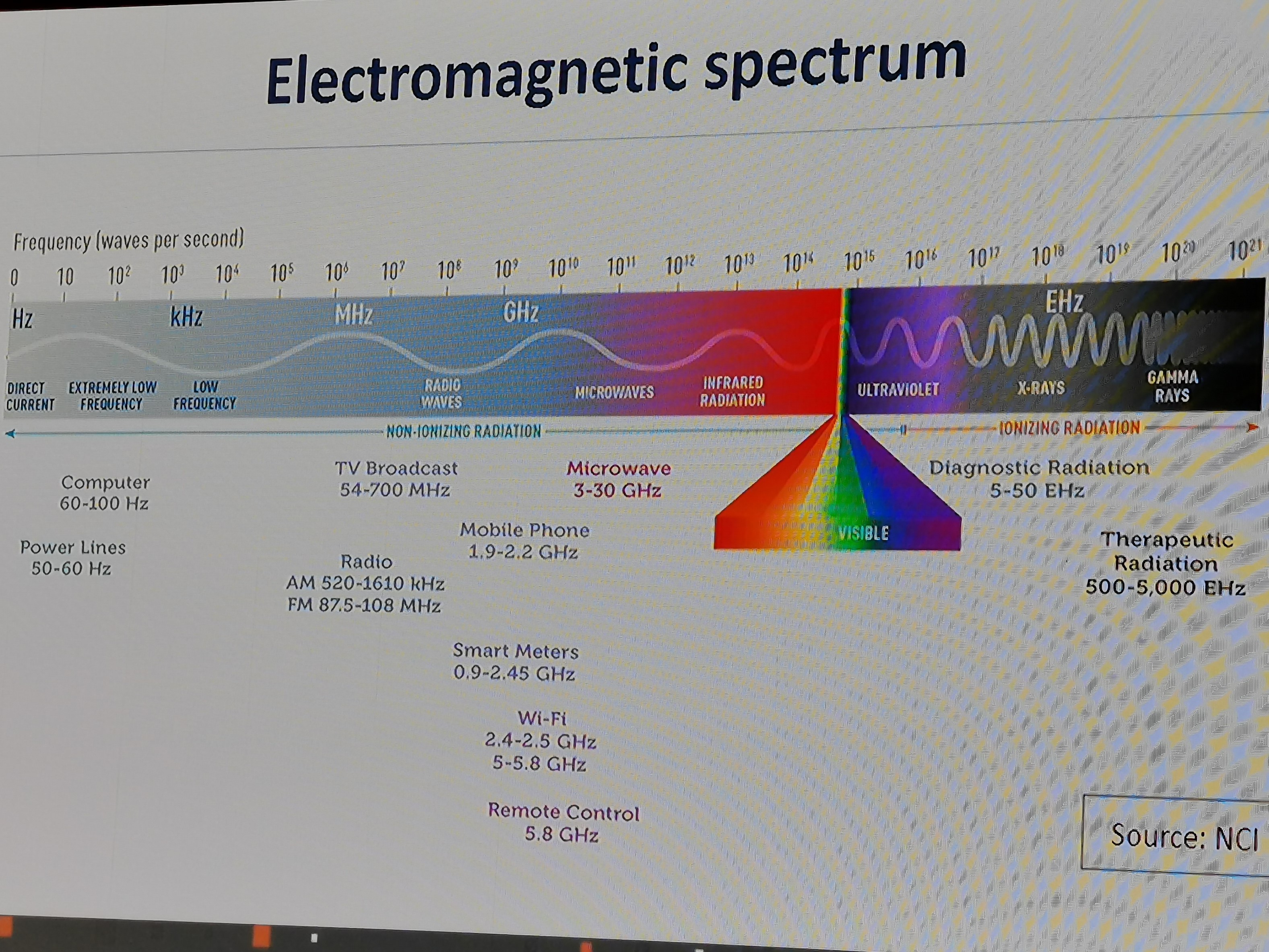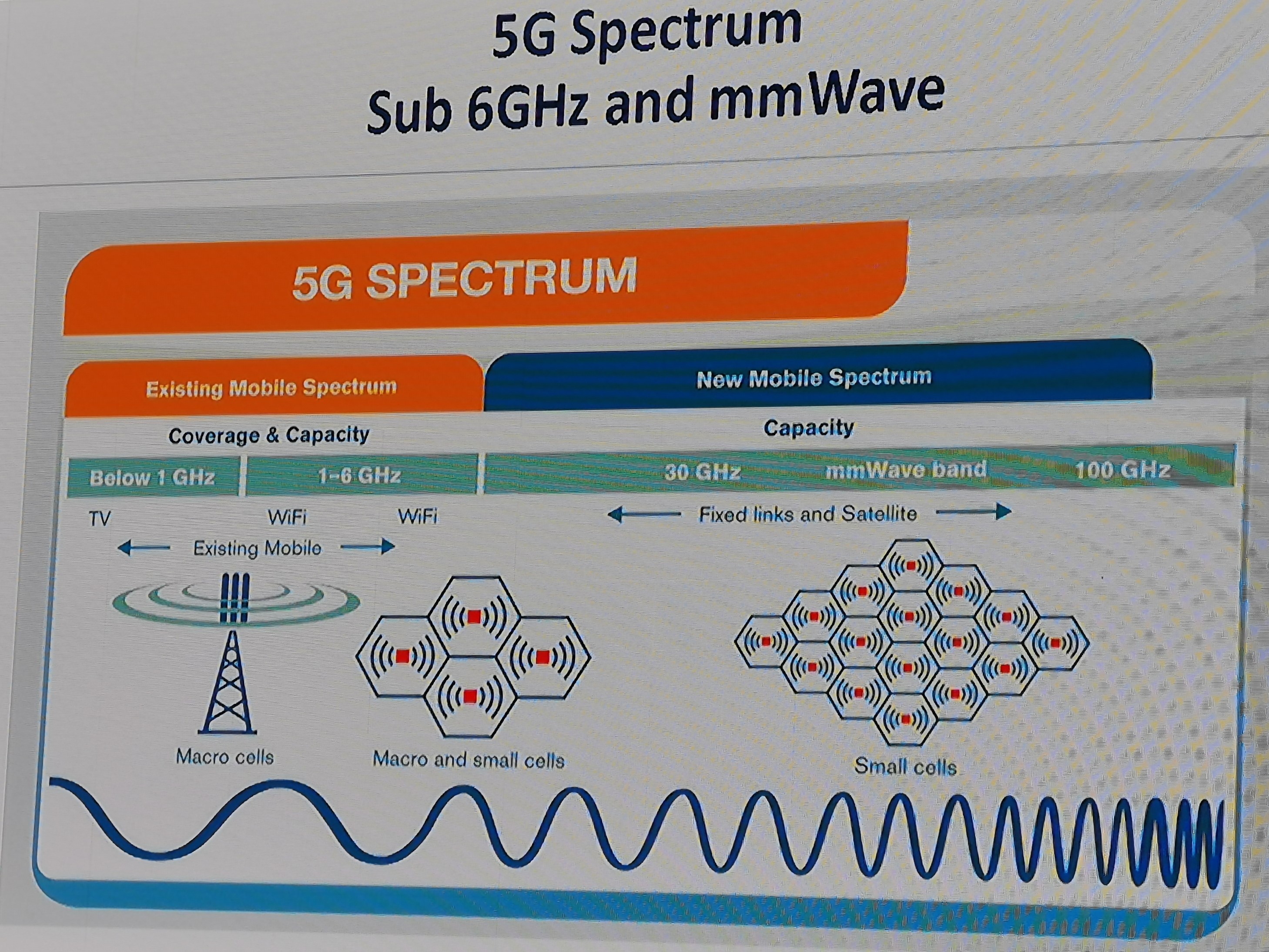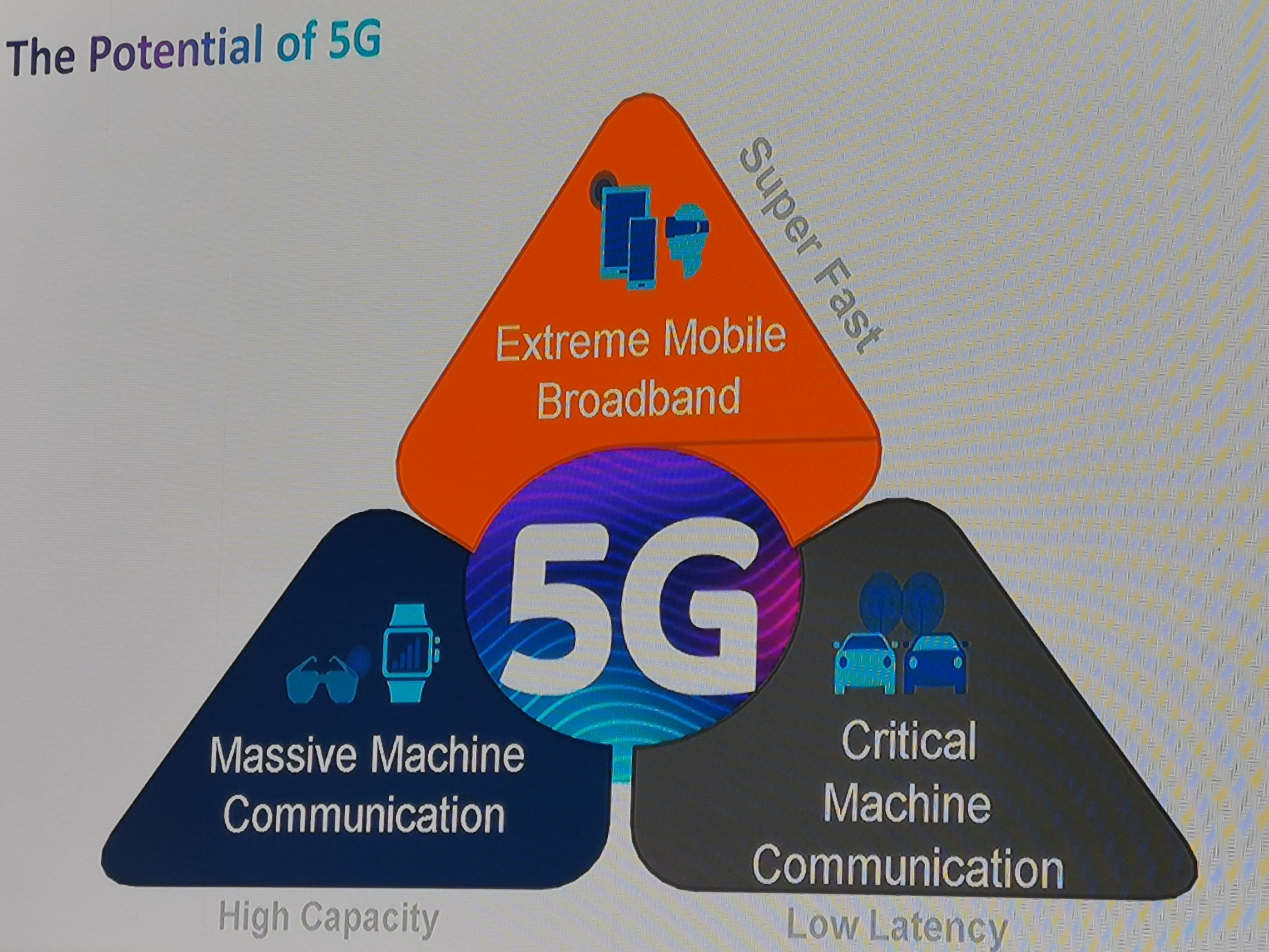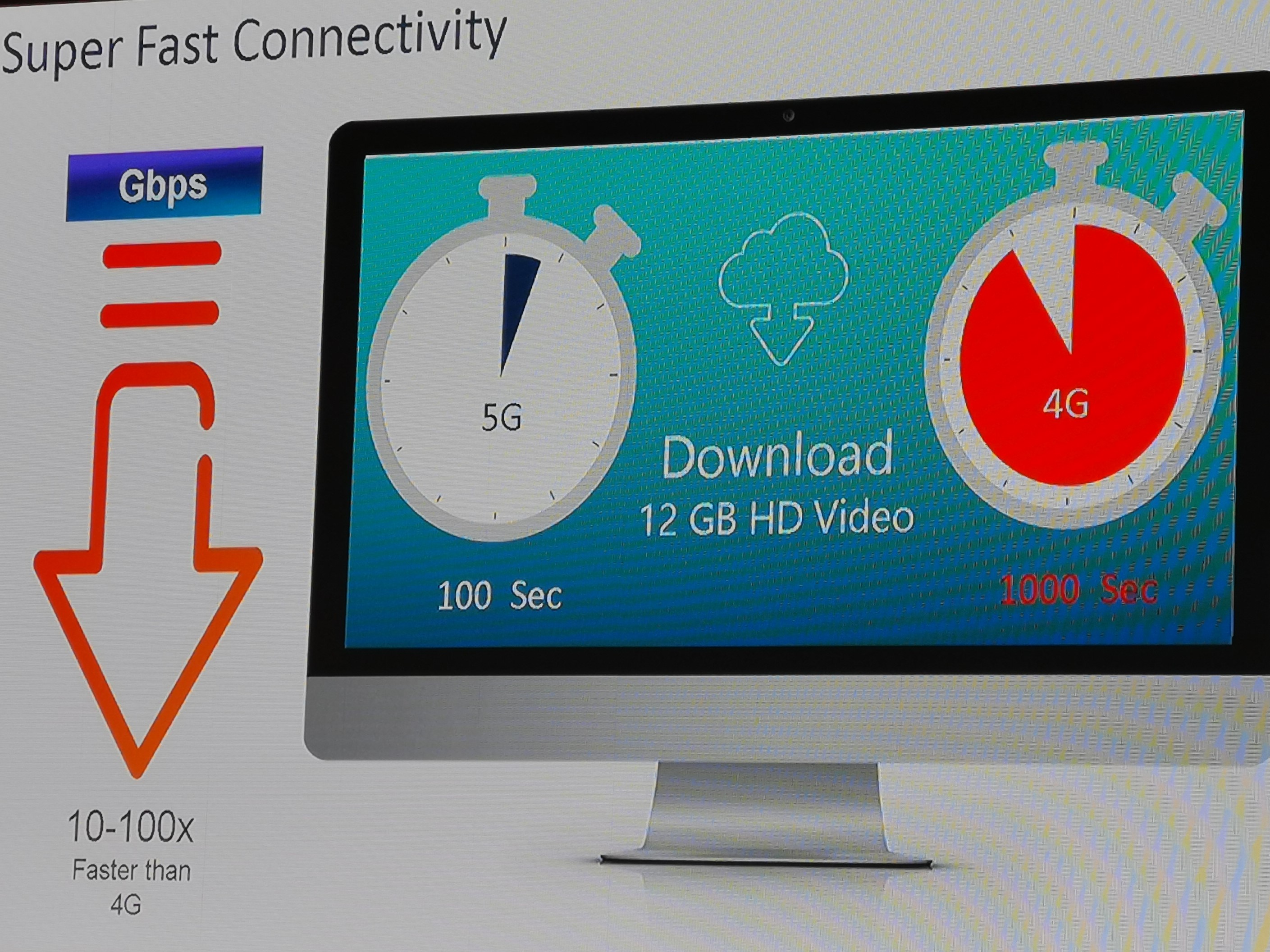
Exposure to 5G radio-frequency will be far lower than what guidelines allow
by Naushad K. CherrayilExposure to 5G radio-frequency will be far lower than what guidelines allow
70 years of research shows that the only established adverse health effect of RF energy (above 100KHz) is thermal effect and will not cause cancer or any other diseases
(Image credit: Future)
The fifth generation of cellular technology or 5G promises greater capacity, 10 to 100 times faster download speeds than 4G, low latency for internet of things, robotics, autonomous vehicles and remote medical applications but it has raised concerns about the possible health effects of radio-frequency (RF) energy transmitted by 5G base stations and devices.
The overall electromagnetic spectrum consists of static electricity and magnetic fields, RF, microwaves, infrared, ultraviolet, X-ray and Gamma Rays.
RF is in the middle part of the spectrum and is used for radio communications, mobile phone networks, mobile base stations and mobile phones and to deliver 3G, 4G, 5G, Wi-Fi and Bluetooth technologies.
Non-ionising radiation (static field to infrared) does not carry enough energy to break molecular bonds. Ionising radiation (ultraviolet to Gamma rays) carries enough energy to break bonds between molecules and ionise atoms.
5G systems operate in several frequency bands, low, mid and in millimetre waves (24.25GHz to 86GHz).
Millimetre-wave is one area which has raised concerns apart from the multitude of small cells mounted on utility poles along public streets and close to subscribers but this spectrum has been used in many other applications such as airport security scanners and anti-collision radars for automobiles but now the millimetre wave is used for cellular communications by many countries.
Delegates, speaking at the ‘UAE 5G Conference’, said that current evidence does not confirm the existence of any health consequences from exposure to low level (under the current international exposure guidelines developed by ICNIRP and IEEE-ICES) electromagnetic fields (EMFs).
They emphasised, based on many experiments and studies, that there is no negative impact of modern technology on health.
- GSMA expects cross-border data sharing to take off in Mena from next year
- Intelligent connectivity to drive huge economic growth and create value across industries
- GSMA looks into interoperability of 5G equipment from networking vendors
- 5G adoption will reach 6.3% of total connections in Mena in 2025

Who sets EMF exposure standards?
ICNIRP (International Commission on Non-Ionising Radiation Protection) and International Committee on Electromagnetic Safety (IEEE-ICES) set guidelines for protecting people from non-ionising radiation, including that due to exposure of 5G technologies.
Countries typically adopt one of these and either recommended or legally require adherence to the guidelines. Safety standards already have large safety margins.

Safety factor
Dr. Chung Kwang Chou, Chairman of International Committee on Electromagnetic Safety (IEEE), said that common understanding is that radiation can cause cancer and other diseases but the biological effects of RF exposure have been studied for about 70 years and the research shows that the only established adverse health effect of RF energy (above 100KHz) is thermal effect.
Dr. Jafar Keshwari, Adj Professor of Biomedical Engineering at Aalto University, Helsinki, and Corporate Product Regulations and Standards Management at Intel Corporation and Chairman of International Committee on Electromagnetic Safety (IEEE-ICES), said that EMF exposure of a mobile device is much lower than other devices.
“During RF exposure, biological effects always exist but adverse health effect depends on the exposure level. Thermal effects continue to be the appropriate basis for protection against RF exposure health effects at frequencies above 100KHz,” he said.
As long as the product complies with the exposure limit, he said that it is safe.
For mobile phones, 2Watt per kilogram is the limit and the adverse effects are observed when it reaches 100Watt per kilogram.
“So there is a large safety factor in the exposure limits. It is the regulator’s responsibility to check that every product put into the market, device or a base station, complies with the limits. The manufacturer has to assess the exposure based on the limits,” he said.
Moreover, he said the main safety concerns of 5G mmWaves is heating of the skin and eyes.
“Skin constitutes 95% of the human body surface while eye cornea constitutes 75% of freshwater and a thickness of 0.5mm. Millimetre waves are absorbed within about 0.5 mm of the skin surface, unlike RF energy at lower frequencies that can penetrate deeper into the tissue,” he said.
Whatever frequency you are at, Professor Rodney Croft, Commissioner at ICNIRP, said that the safety depends on how intensity the field is or how much energy is absorbed into the body per second.
“If we have a lot of energy per second, then you heat up and your body cannot remove that heat. The body can remove a small amount of energy as the blood supply takes the heat and distributes it and the blood flow exchanges the heat with the environment. This happens with all the frequencies and only if you at get much higher frequency, then it gets to ionising radiation and at that point, we have a very different story,” he said.

Community fears hinder 5G implementation
Below the optical radiation (non-ionising) levels, Croft said the frequency is not important for health, expect it tells you how deep the penetration is going to be.
So, when listening or not-listening to FM radio or music, he said that radio signals are going around and they are in low frequency (100MHz) all the time.
“That goes deep into your body. As the frequency gets higher, because the wavelength is much shorter, it gets absorbed in the superphysical part of the body. When it comes to 5G, almost all of the energy is absorbed in the skin. So, instead of a rise in temperature deep inside the body, it is now at the surface of the skin,” he said.
Even the worst-case effect of exposure will not cause cancer or any other diseases; he said and added that the local temperature increases to less than 0.5 degrees but no detectable increase to core body temperature.
“Even if you keep a block of wood or a toy close to the ears for some time, the skin temperature near the ears rise and it is not due to RF exposure but due to lack of air circulation.
However, if you are close to the base station, he said the body absorbs more heat but the guidelines take that into account and you have a boundary limit, a safe distance from the base station.
“It all depends on the power of the base station. In reality, you can go above the limits but you still won’t be hurt but it is better for us to have a very conservative limit than to get too close to a level where someone could be harmed,” he said.
Furthermore, he said that community fears hinder 5G implementation but guidelines are needed to ensure unambiguous safety to the community.
For example, India, Switzerland, etc. restrict exposures based on fear rather than science.
“5G exposures will be far lower than the guidelines allow and there is no detectable increase to core body temperature or local temperature increase from towers or handsets.”
So, he said that 5G safety will not affect developments of IoT, blockchain, AI, quantum computing, smarty city, etc.